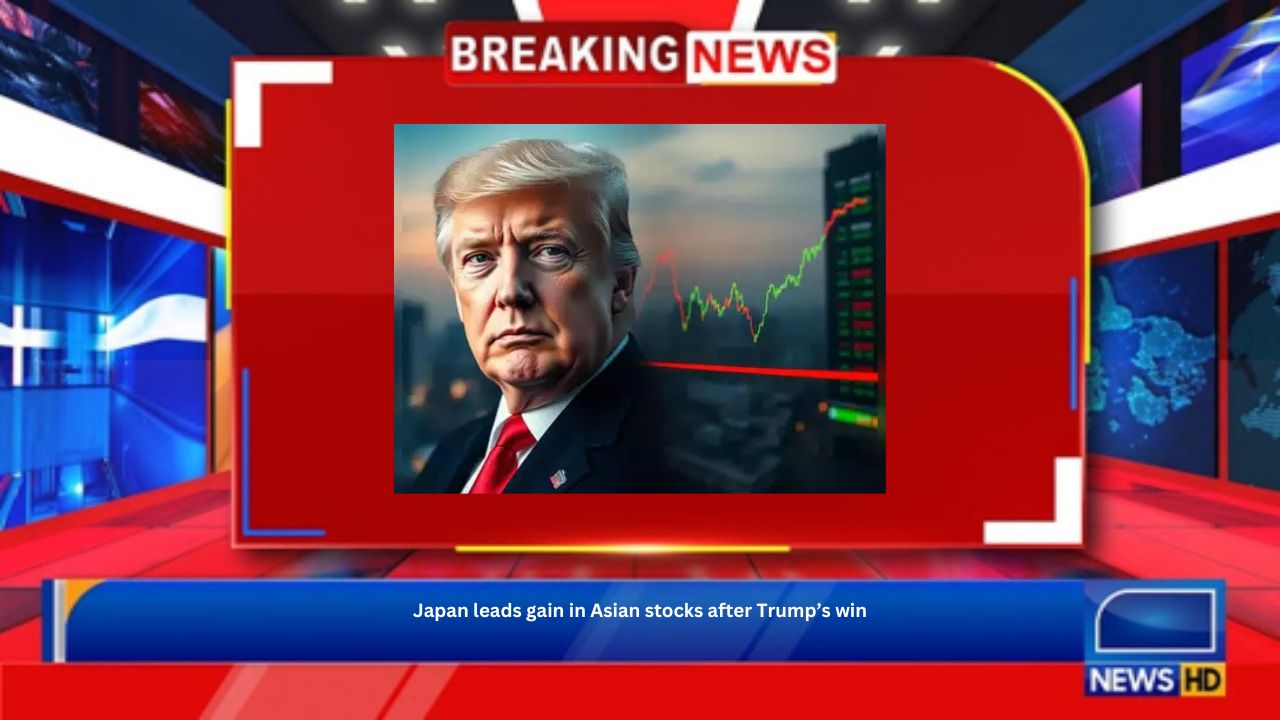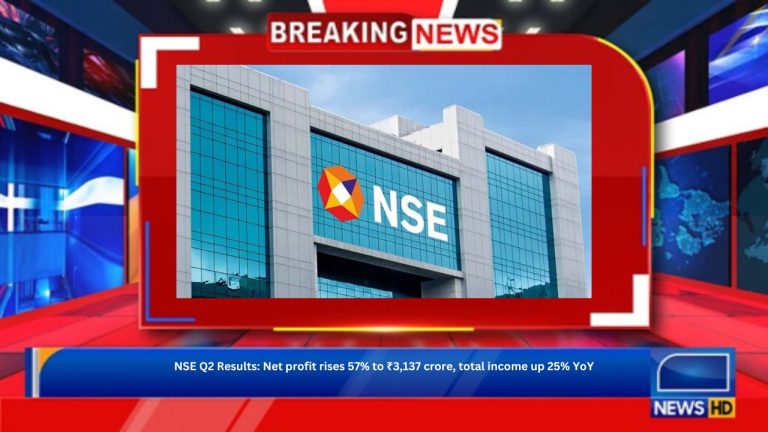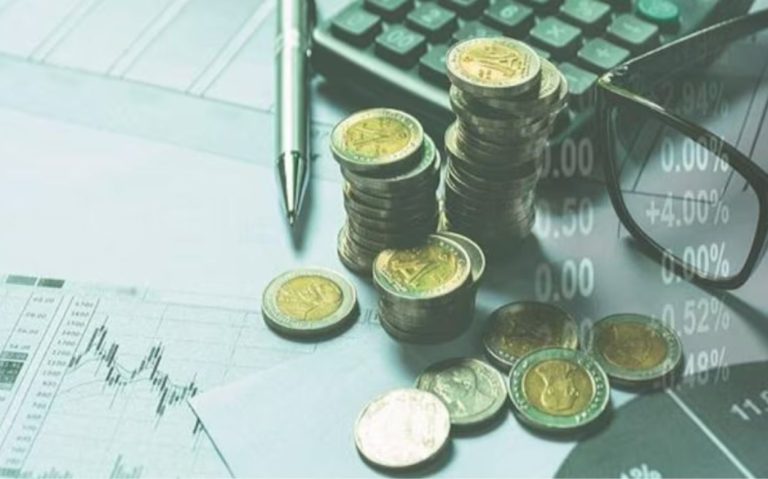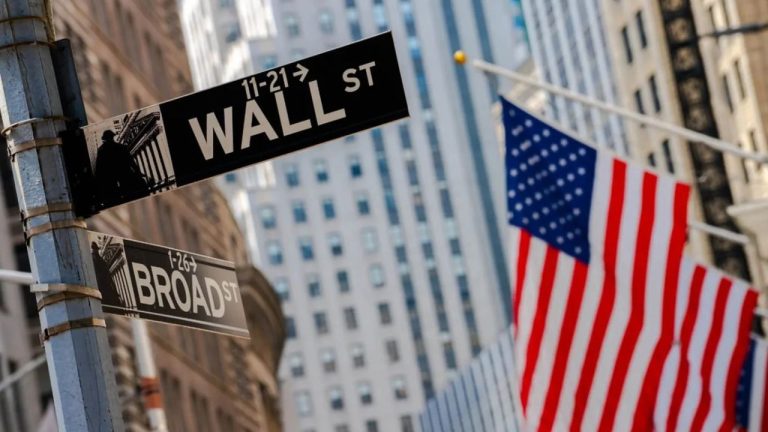Japan leads gain in Asian stocks after Trump’s win
After US markets surged to all-time highs as investors braced for a second Donald Trump presidency, Japanese shares led gains in Asian equities. After declining on Wednesday, the yen steadied in early Asian trading.
While benchmark indices in South Korea and Australia slightly declined, those in Japan rose for a third day, mirroring the advances on Wall Street. On Wednesday, its best post-election day ever, the S&P 500 surged 2.5% higher, while the Nasdaq 100 increased 2.7%. On Thursday, the Federal Reserve is anticipated to lower interest rates.
Expectations that a Trump policy agenda favouring lower taxes and less regulation may help corporate earnings were reflected in gains for US markets. Expectations that possible tax cuts, less regulation, and the possibility of higher interest rates would boost bank profits caused an index of US banks to jump by about 11%. A benchmark of US small-cap stocks, which do better when the economy is growing, increased 5.8%.
Both Hong Kong equity futures and a measure of Chinese stocks listed in the US fell. To boost American industry, Trump has promised to impose taxes on Chinese imports.
“For now, investor sentiment is pro-growth, pro-deregulation, and pro-markets,” said David Bahnsen, chief investment officer at the Bahnsen Group. “There is also an assumption that M&A activity will pick up and that more tax cuts are coming or the existing ones will be extended. This creates a strong backdrop for stocks.”
Treasury yields increased on Wednesday, reflecting the possibility that Trump’s election-related pledges, such as tariffs and restrictions on immigration, could fuel inflation and raise interest rates. The actions also expressed anxiety that Trump’s plans would increase the budget deficit and increase the supply of bonds.
After rising the day before along with Treasury moves, Australian and New Zealand bonds saw no movement on Thursday. To reach a four-month high, the 10-year yield increased 16 basis points due to selling pressure in US government debt.
The yen fell around 2% on Wednesday, while Bloomberg’s dollar index increased 1.3%. After Atsushi Mimura, Japan’s top currency official, stated that the government would take the necessary steps to curb excessive currency movements, the country’s currency slightly increased on Thursday.
Following the half-point decrease in September, Fed officials are largely predicted to reduce their benchmark rate by a quarter percentage point on Thursday. According to the median estimate published in September, they have forecast a further quarter-point drop this year, in December, and another full point of reductions in 2025.
“The Fed is still likely to cut by 25 basis points at Thursday’s meeting and likely to cut again in December,” said Yung-Yu Ma at BMO Wealth Management. “As we move into 2025, we believe it’s possible that we only see two or three cuts for the year depending on the mix of policy and growth that plays out.”
After reaching a new high the day before, Bitcoin, which many see as a Trump trade because he used digital assets during his campaign, fell early Thursday. Wednesday saw pressure on commodities, with oil edging down and gold and copper plummeting.
The Philippines’ GDP, Australia’s commerce, and China’s foreign reserves and trade are among the data sets for publication in Asia.
The VIX, Wall Street’s “fear gauge,” fell by the highest since August on Wednesday. In the last three months, about 19 billion shares—63 per cent more than the daily average—changed hands on US exchanges.







